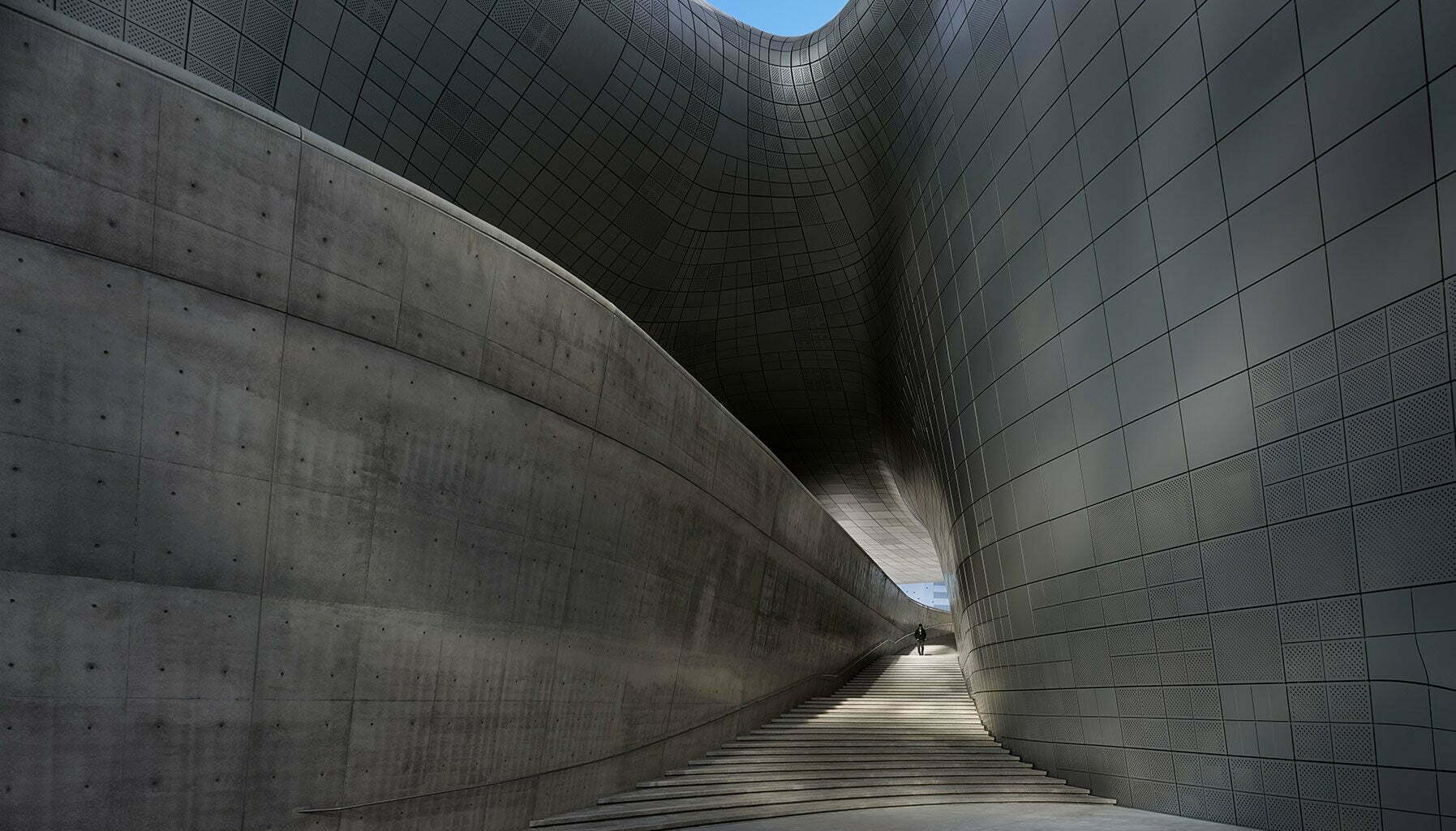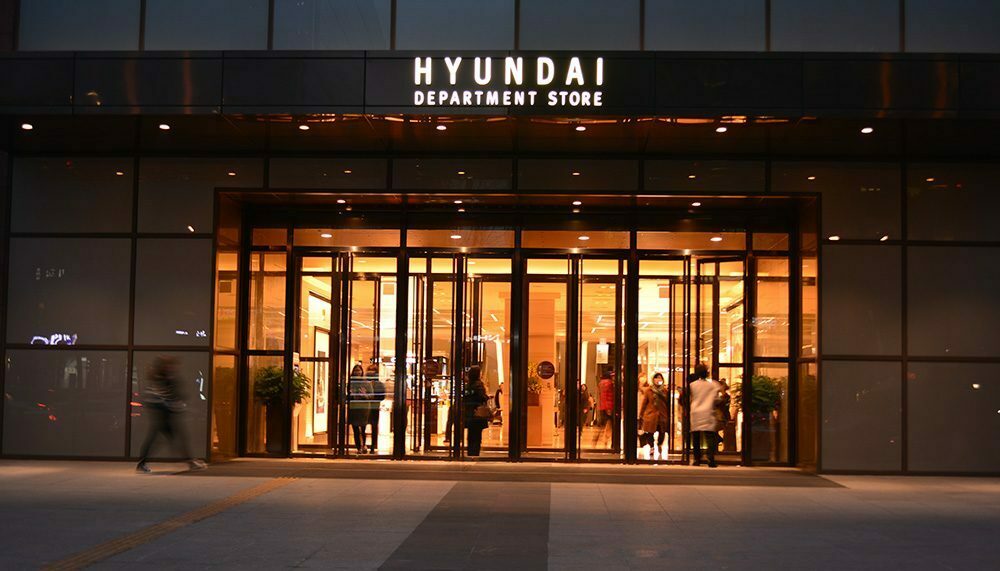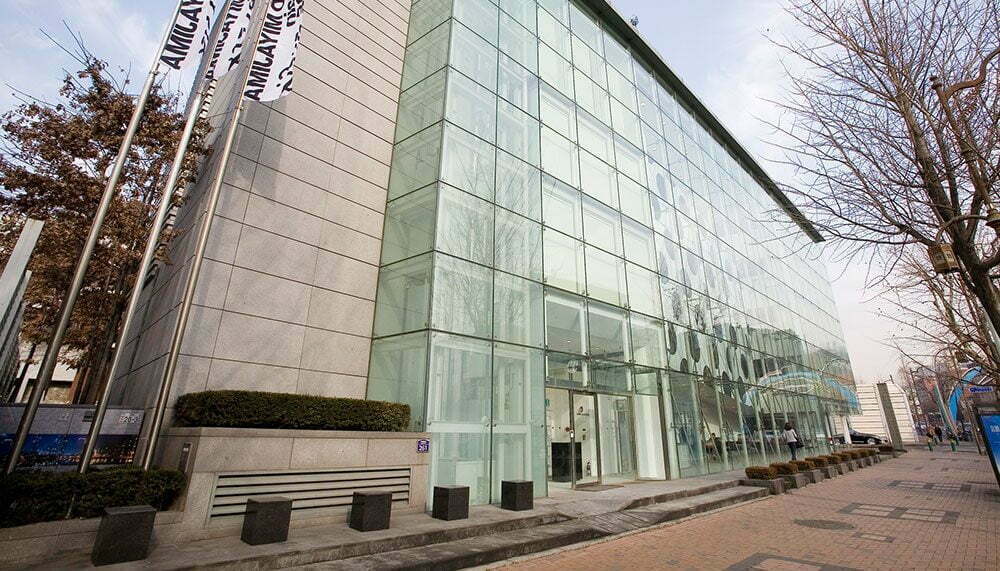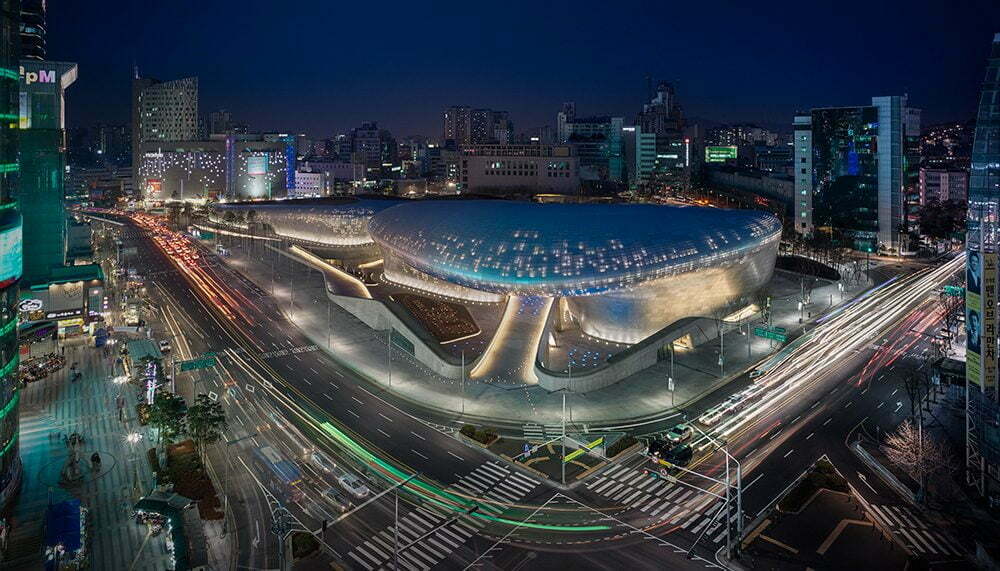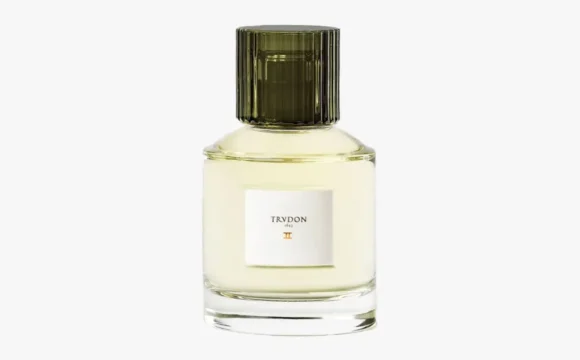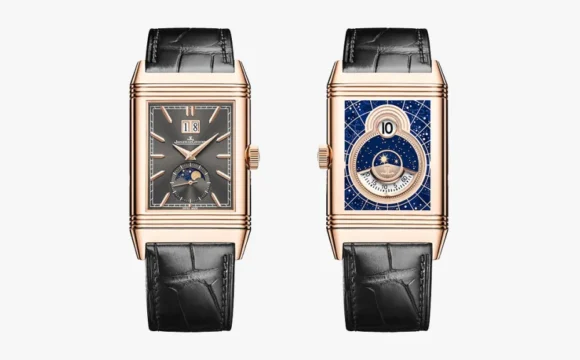HOW THE CAPITAL OF SOUTH KOREA GOT INTO THE GROOVE
Runaway pop phenomenon Psy made Gangnam famous – you might have heard the track once or twice – but 10 years ago this was just another nondescript neighbourhood; its transformation to glitzy playground of high-end eateries, luxury boutiques and throngs of long bambi-like legs topped by micro designer shorts is in many ways a microcosm of South Korea’s seemingly boundless economic growth.
During the mid-70s, South Korea was actually poorer than the communist North. In 1980, the South Korean GDP per capita was $2,300 – about one-third of nearby developed Asian economies such as Singapore, Hong Kong, and Japan. Today, Seoul is one of the world’s fastest growing metropolises after a period of rapid industrialisation dubbed The Miracle on the Han River. In just 50 years, the city has risen from the ashes of the Korean War to become the world’s fourth largest and richest metropolitan areas, after Tokyo, New York City and Los Angeles.
As development and modernisation is ramped up city-wide, Seoul is garnering a reputation as one of Asia’s edgiest cities.
Don’t blink, or you’ll miss it.
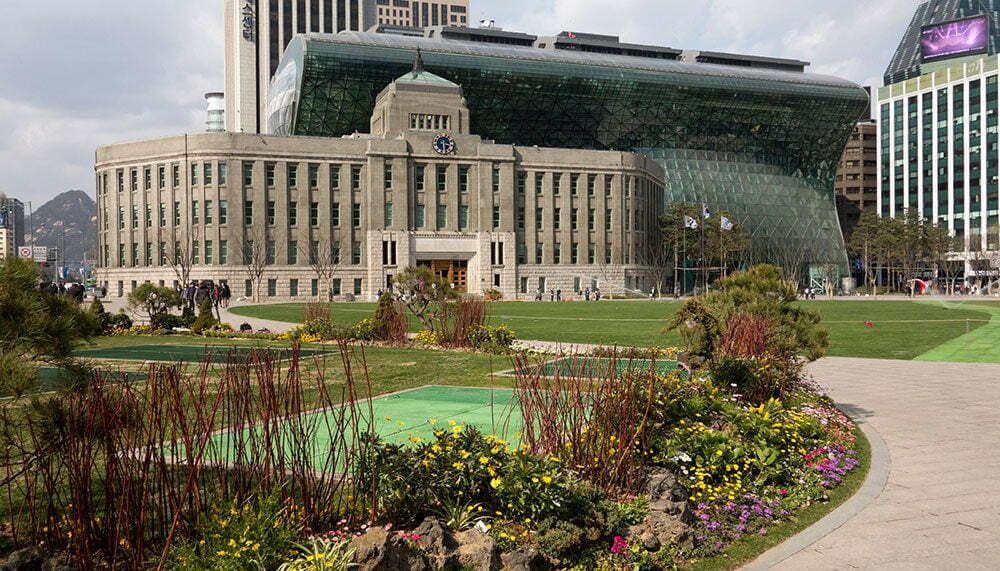
Old meets new
Seoul has acted as South Korea’s capital intermittently since 1394 and rather than demolish and rebuild, the city’s progressive government has opted to integrate the very old with the very new. Check out the new wave-shaped City Hall in Taepyeongno, Jung-gu, which seems about to break over its stone 1929 Renaissance-style predecessor in a splash of tessellating glass triangles. Go five metres below busy Sejongro boulevard to stroll along Cheonggyecheon, the stream at the centre of the Joseon Dynasty which was buried under concrete for many years and unearthed as part of an urban revival project in 2005. Above, at street-level, the centre of the old Joseon Dynasty (1392-1910) and its five UNESCO-inscribed grand palaces is still the heart of Seoul’s downtown area.
Big futuristic builds
Seoul was designated World Design Capital in 2010 and beat Bogota, Cape Town, Helsinki and San Francisco to win Wallpaper’s Design Award for Best City 2013 for “eye-catching new builds" such as the waterfront Floating Islands project and Zaha Hadid‘s coiled, curving Dongdaemun Design Park, which incorporates a multi-use park, fashion plaza, underground mall and design firm incubator. Other must-sees include the sustainable, wave-shaped GT Tower East; the glass disc-covered Galleria Department Store, which has mother-of-pearl quality during the day but reflects a kaleidoscope of LED lights at night; and the Ananti Club, a Titanium zinc sculpted golf and country club – 92 per cent of which is dug into the earth – enveloped by 100-year-old forest 30-minutes out of town.
Edgy neighbourhoods
In Gangnam, or the “south of the river" area, bohemian, ginkgo-bordered Garosu-gil is juxtaposed against the windows of Gucci, Louis Vuitton, Comme des Garcons and Milan’s cult concept store 10 Corso Como flanking Apgujeong Street, South Korea’s Rodeo Drive. An influx of musicians and street artists have converted Hongdae’s ramshackle pre-war wooden buildings into chic cafes and live music venues and the area is now best-known for urban art, live indie music and underground club culture. Itaewon, formerly the go-to for Seoul’s 37,000 American GIs, has undergone a mini renaissance in recent years to emerge as one of Seoul’s most cosmopolitan hubs, packed with intimate restaurants touting global cuisines and cosy backstreet bars and clubs. Others neighbourhoods have retained their traditional charm: relaxed, tree-lined residential Samcheong-dong – bordered by the Changdeokgung and Gyeongbokgung Palaces and the Blue House, South Korea’s White House – is home to the city’s largest clustering of hanoks, or ancient houses.
Arts seen
Seoul’s new generation have a very New Yorker attitude to socialising – they go out to eat, drink and check out art galleries, and the city has more than enough arts spaces and openings to hold their attention. The most famous galleries are folk art hub Hakgojae Gallery and Gana Art Gallery, which champions up-and-coming artists. Nature Poem, an ultramodern low-rise designed by Mass Studies, the firm behind the Korea Pavilion at the 2010 Shanghai Expo, is an art-world mini mall equivalent of over 16 galleries. In Insa-dong, charming twisting alleys spiralling off from the main street lead to traditional restaurants, traditional teahouses and cafes, and around 100 galleries housing everything from traditional Korean fine art to contemporary paintings and sculptures. At Leeum, the Samsung Museum of Art in Itaewon, Mario Botta’s fortress-like terra-cotta tiled structure is just as much of a draw as the traditional and modern works of art on display.
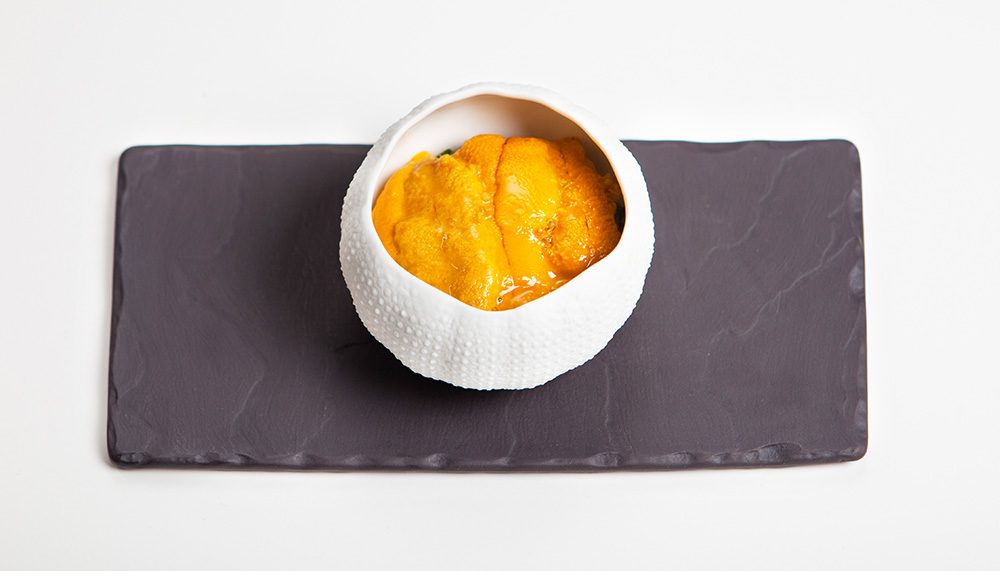
Evolving tastes
Seoul’s dining scene moves at the same speed as the rest of the city – extremely fast. Since South Korea signed the 2011 free-trade agreement with the EU, chefs have better access to international ingredients and European food is proving popular – Pierre Gagnaire Seoul made the 2013 Miele Guide list of Asia’s best places to eat out – but the local culinary scene has lots to offer beyond Korean barbeque. For a twist on old favourite bibimbap, a rice bowl mixed with sautéed roots, marinated beef and chili paste in a hot stone pot, check out Executive Chef Im Jeong-sik’s sea urchin bibimbap followed by strawberries and cream at Jung Sik Dang (sister to its namesake New York institution). Feeling adventurous? Reenact the infamous scene from Park Chan-wook’s movie Oldboy and order the live octopus at popular, low-key Gangnam eatery Gasiri.

